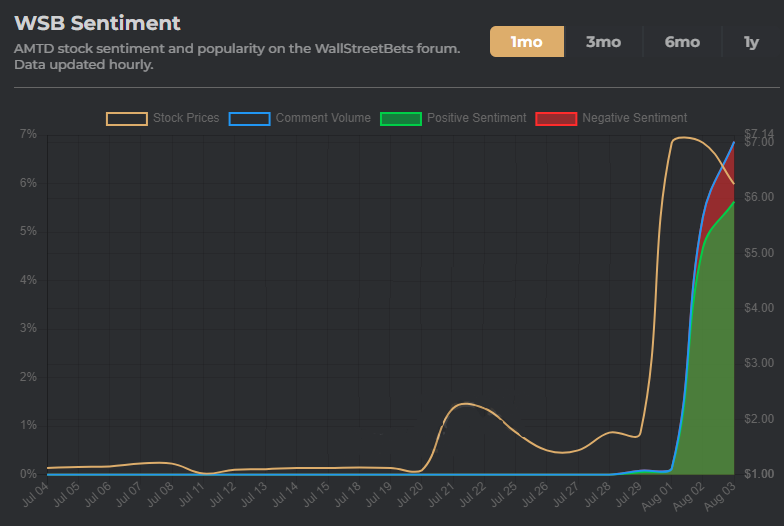The aviation industry’s attempts to go green are getting a boost from an unlikely place: carbon-neutral jet fuel pulled from thin air.
That may seem far-fetched, but it’s a concept that engineers at the Swiss Federal Institute of Technology (ETH) have not only proved experimentally, but apparently proven again at scale. Even better, the fuel created by the process is allegedly a drop-in alternative to fossil-derived aviation fuel that can be used without changes to storage or distribution infrastructure.
Here’s how the system works:
Synthesizing kerosene pure enough to be used as jet fuel from thin air isn’t even a new concept. We know it can be formed from something called synthesis gas, or syngas, which is a mixture of hydrogen and carbon monoxide.
Crucially, the goal of this particular project is to produce a clean, carbon-neutral form of syngas that doesn’t create additional emissions. According to the researchers, the best way to do that is with solar energy.
For their test-scale unit, the researchers built an array of 169 sun-tracking reflectors that focus approximately 15kW of solar energy at a 16-inch aperture on a tower-mounted solar reactor. According to the researchers, the solar energy directed at the reactor “corresponds to an average solar concentration ratio of approximately 2,500 suns, with a peak above 4,000 suns.”
Inside the reactor, temperatures reach approximately 1,500°C (2,732°F), which is hot enough to split captured carbon dioxide and atmospheric water vapor to form syngas. As it cools, the syngas flows out of the reactor to a gas-to-liquid unit that processes it into kerosene.
According to the researchers, the syngas produced by the reactor has selectivity, purity, and quality high enough to make it suitable for Fischer–Tropsch synthesis, which turns liquid syngas made from hydrogen and carbon monoxide into hydrocarbons we can use to fly planes.
The system isn’t the most efficient – only managing a 4.1 percent solar-to-syngas efficiency. Still, project lead and ETH engineering professor Aldo Steinfeld told IEEE, 4.1 percent is a record for thermochemical fuel production.
The test-scale project didn’t use any heat capture technology, meaning that 4.1 percent record should be easily beaten. If heat capture technology were added to a future iteration of the facility, efficiency rates could reach as high as 20 percent, the researchers claimed.
Jet fuel that begins life as air and captured carbon, the researchers explained, is completely carbon-neutral because the fuel only produces as much carbon dioxide as went into its manufacturing.
[…]
Source: Pull jet fuel from thin air? We can do that, say scientists • The Register

